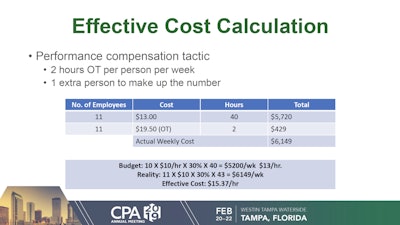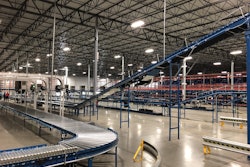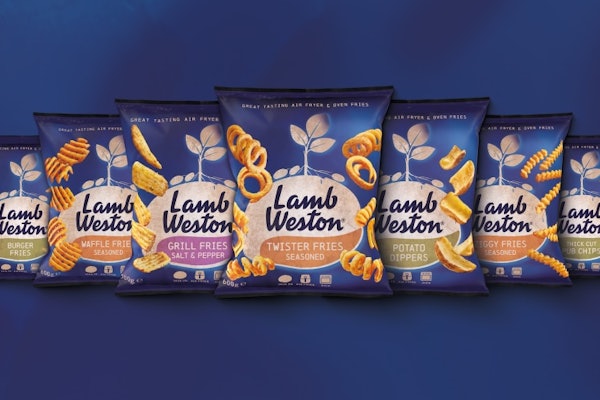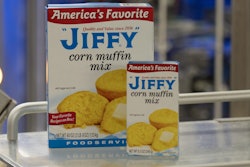
Tom Landry, president of Allegiance Staffing, delivered the bad news first: the labor market is tight and getting tighter with a national, seasonally adjusted unemployment rate at 3.9%.
“Unless you’re in West Virginia or Alaska, thinks are pretty tight,” Landry says. “And that isn’t going to change anytime soon.
And the 2018 elections seem to be shifting some of the balance of power toward labor.
“The 2018 Congressional elections dramatically altered the political landscape—which guarantees big changes in the upcoming legislative agenda,” Landry says. “A clear signal has already been sent by Rep. Bobby Scott [D-VA], the new chairman of the House Education and Labor Committee. In a recent press release, Chairman Scott identified the Committee’s priorities in its ‘Putting Workers First’ agenda, which focuses on enhancing workers’ rights, including higher wages and benefits and rebuilding America’s unions. Already on the table is legislation promoting predictive scheduling, paid sick leave, enhanced joint liability, and prohibiting employee arbitration agreements.
“There isn’t anything being introduced that is going to make your labor more efficient. It leads to more regulation and higher costs. And labor is your variable where, if you can control it, you’re profitable, and if you can’t control it, you’re not profitable,” he says. “It’s a pretty simple calculation”
Landry illustrates some compensation tactics that contract packagers and brand owners have used over recent years to navigate the small labor force waters.
- Drive down the mark-up (temps): Theoretically reduce cost by driving points out of a mark-up.
- Headcount creep: Add more people to make up the production – I still need to get these cases out, so we need to add people to do so.
- Unscheduled overtime: Work more hours to meet your numbers
“Engineered labor standards say it’s supposed to take X number of people to generate Y amount of product or throughput, but we’ve learned to accept less than that, and to compensate for it,” Landry says. “That means there are opportunities there that we’re missing, and if we go back to square one, we can realize those gains again.”
The good news, he says, is there are ways to combat this slippage. In the case of added personnel and overtime, consider a situation (See graphic 1) where a contract packagers adds an extra person, and adds 2 hours of overtime per week. While this doesn’t sound drastic – 11 employees instead of 10, and 2 hours of overtime. But the budget reflects 10 people on a 40-hour work week. The effective costs then grow from $13/hour/person to $15.37/hour/person.
“Instead of hiring more people and doing overtime, identify the guys out of the original 10, who the most critical guys are, guys that the line can’t function without. And ID the less efficient guys, the ones who are likely to be turnover anyhow,” Landry says. “Instead, let’s take care of the people who are critical and deal with mitigating the effects of those that aren’t critical. Promote two of your critical guys, pay less for your non-critical guys, and avoid overtime and extra employees.” (See graphic 2)
Landry also suggested looking for talent among convicted felons on work-release style programs, saying they can be reliable since they’re legally bound to be at work reliably.
























